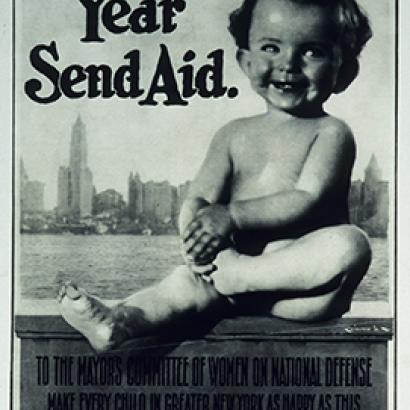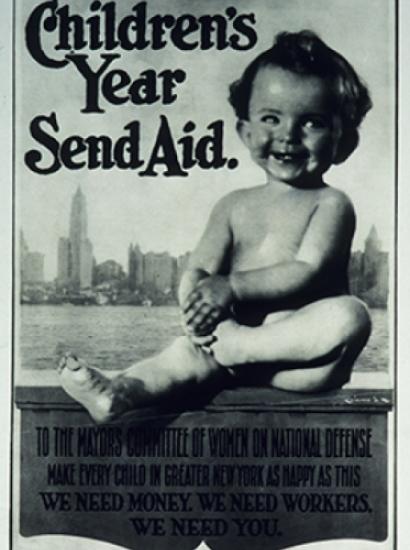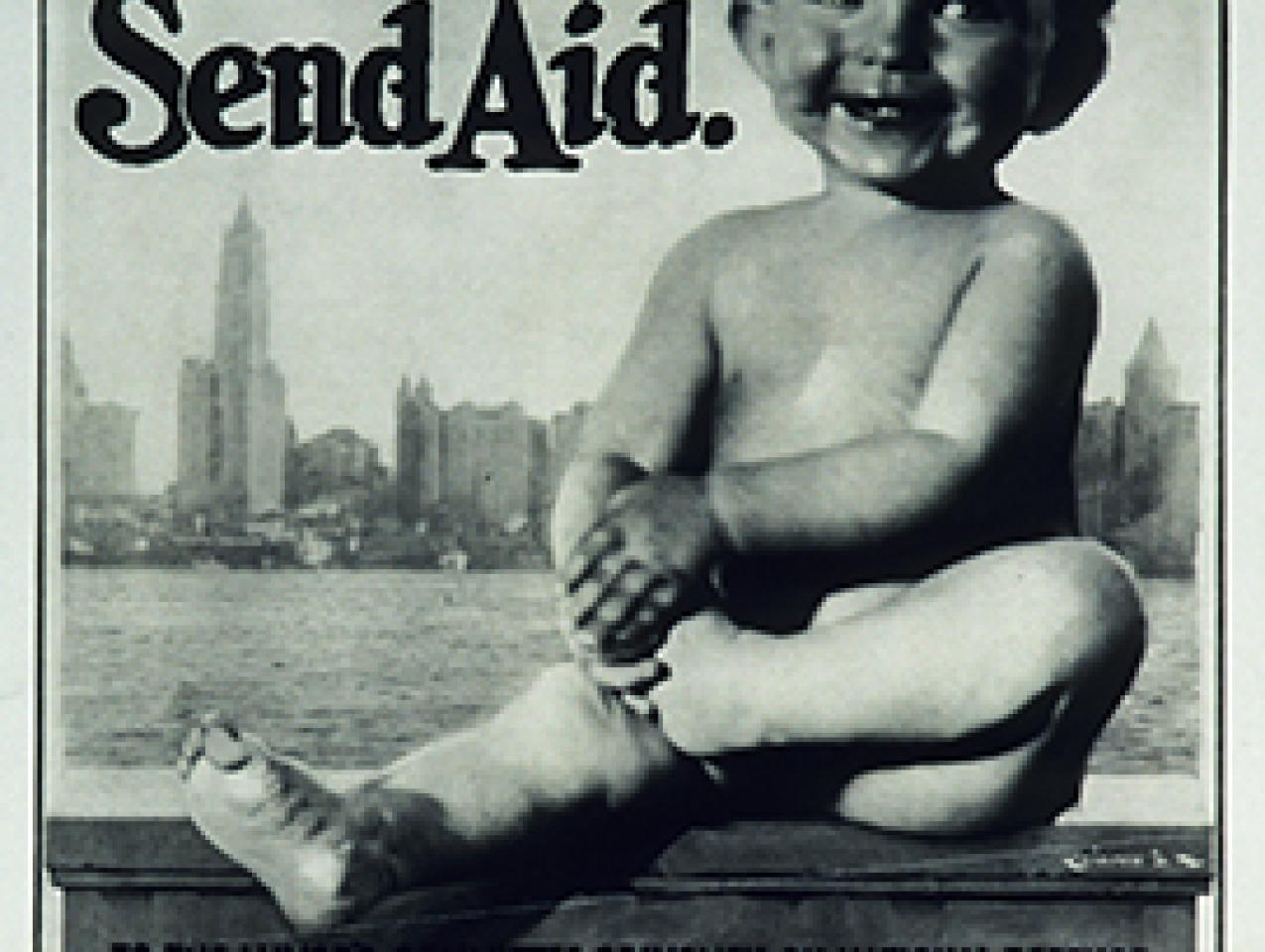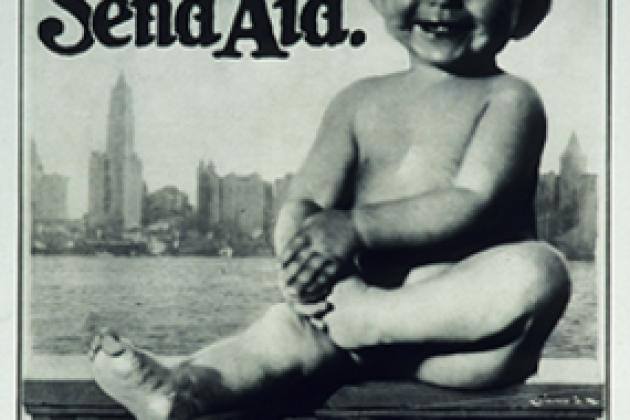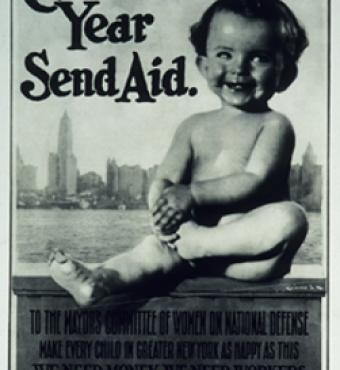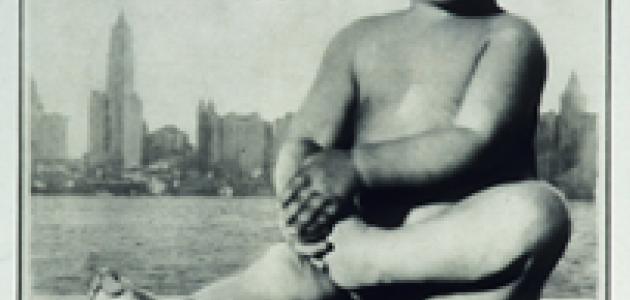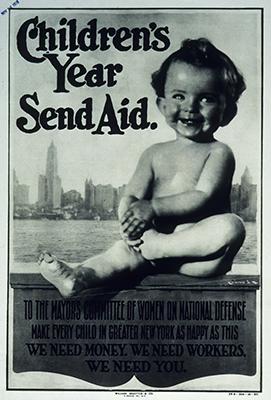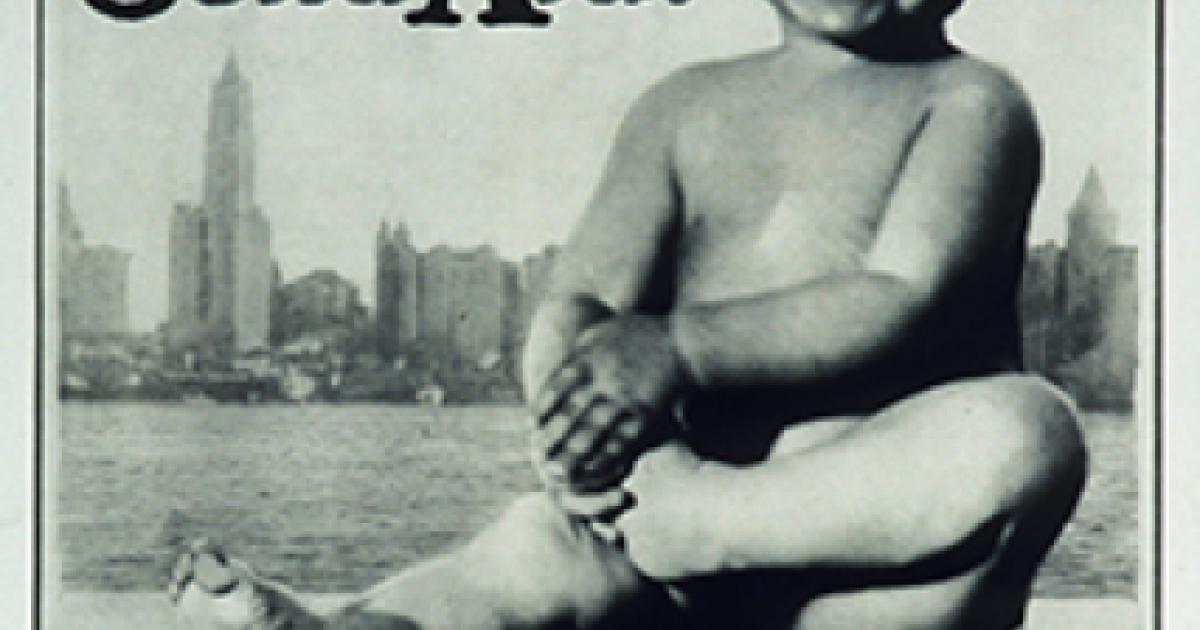- History
- Military
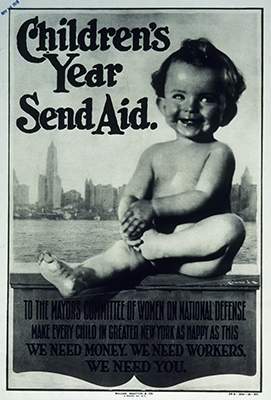
When we think of history, we tend to think of the dim past before our memories. Thus, it is a knowledge acquired from history books, documents, archeology, inscriptions, and a myriad of other sources. There is, however, another history and that is our own past: the details and memories that we have picked up as we have aged over the years. Those that we have acquired from our earliest years are episodic and lack a clarity that incidents in our more recent days possess. Nevertheless, such early memories can be of use in understanding the present.
For example, I have been puzzled over the past several years at the strange attitude toward vaccination among substantial portions of the public, when the history of scientific progress seems so clear in terms of the benefits it has provided mankind over the past eighty years. But that is a record which is about history in general, not about individual history. My own history, at least the pieces that I can remember of my first decade, I believe, has created a very different picture of medicine than those who were born in the 1980s for example.
I was born in November 1941. The next year represents a watershed in the history of human beings and disease. In March 1942, a young woman, Anne Miller, lay in a room at New Haven Hospital in a coma from a streptococci infection with a temperature hovering around 100 degrees for a week. She was clearly at death’s door. One afternoon she received a small shot from a vial containing an experimental drug called penicillin that had never been tried on a human being before. By the next morning her fever had broken and she was eating meals. As a result, I and those like me, who have lived after 1942, have lived on the other side of a great divide. Those who lived for substantial periods before 1942 have and had a very different sense of life, death, and medicine.
When I was born, my parents were in their late twenties and early thirties and obviously had lived on the other side of that divide. For them, there had been no miracle drugs and few vaccines when they grew up. One got sick and then one either recovered or one died from whooping cough, measles, polio, innumerable influenzas, and other diseases that stalked the land. From my parents I acquired a sense of their feelings of vulnerabilities to disease. My father talked often of his best friend, who had possessed wonderful artistic talents and who had died as a young teenager of what had started out as a simple earache. As my father said, “he was healthy one moment, and gone the next.”
Even if penicillin was around to save lives in the 1940s—and I remember getting a shot when I must have been only five or six—there were other frightful diseases that ravaged Americans. One of my classmates in the first grade died of whooping cough. Small pox was still around and a real worry for parents, but, of course, there was a vaccine. But above all I remember the worry in the early 1950s in New York City about the appearance of a polio epidemic. The bits I remember have to do with not being allowed to drink from the water fountains in New York, but, above all, I remember the fact my parents no longer took me to the barber shops—instead to my horror my father cut my hair and I had to go to school with a buzz cut.
Thus, there are memories from my childhood that suggest how dangerous the world is in which we coexist with pathogens that can so damage the human body and at times kill. Thus, I get my flu shots; I got my shingles shots two years ago; I make sure that my doctor keeps my other shots up-to-date. Unfortunately, we now live in a world where parents no longer give their children vaccine shots for diseases that appear to have disappeared; where in spite of the warnings, groups persist in gathering together; where ministers hold services before large congregations; where a pandemic causes great surprise. Perhaps, because I am an historian, I am not surprised. But perhaps I am not surprised because I was born at a time when the memory of the world before the great divide of penicillin and vaccines was very much alive and well.







